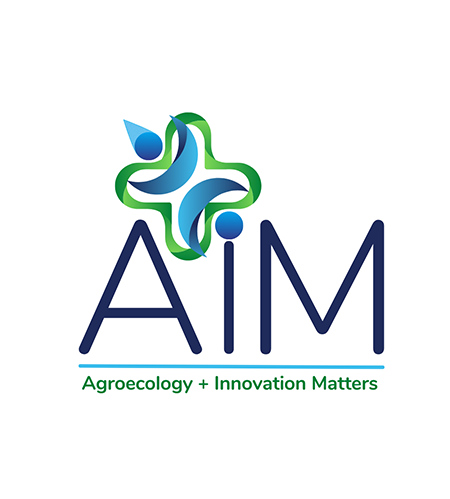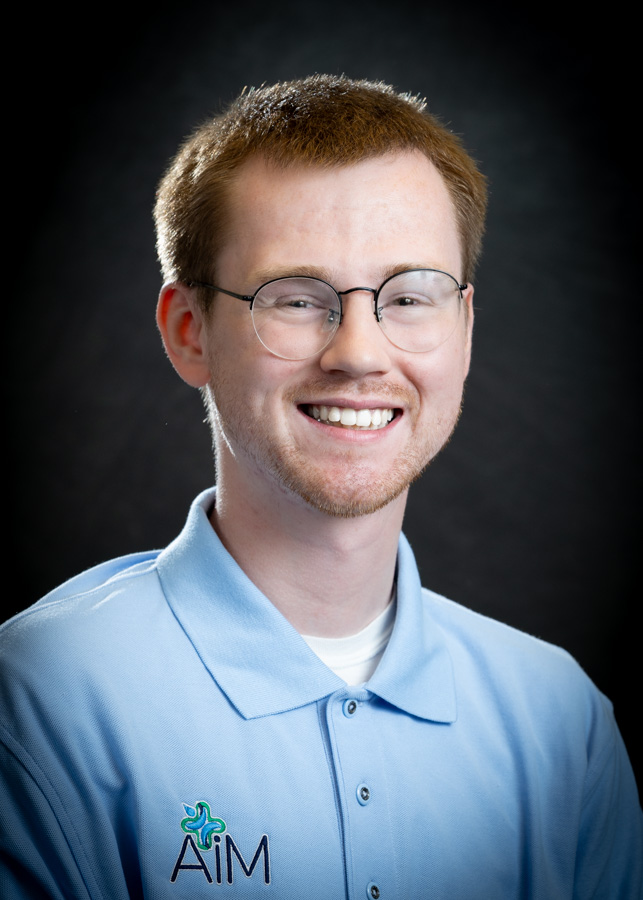STAR farmers make positive changes on their land, knowing greater soil productivity and resilience thanks to healthy soil is a better investment, said Collin Nye, one of the Conservation Planners who contributed to STAR verification. Nye is based out of Grundy County Soil & Water Conservation District, and is one of 40 planners stationed around Illinois.
Illinois STAR (Saving Tomorrow’s Agriculture Resources) participants often see changes not just in their fields, but in themselves – how they look at the land, what they have learned, what they have yet to learn, and what legacy they want to leave for future generations.
John Carmack, who grows corn and soybeans on 600 Douglas County acres – much of it in his family since 1864 – has had fields enrolled in STAR since the program started in 2017. He recently went through his second field verification, and was happy to do it.
“I’ve been filling out these STAR scoresheets all along,” he said. “If you want to be in the program, you’ve got to be willing (to participate in) verification.”
Even for farmers growing just corn and beans, the STAR form is comprehensive and thorough, he said. “But they put in some really meaningful questions about environment and conservation” – about fields, strips, pollination, nutrient management plans, cover crops, fall and spring tillage practices, and when and how do you apply nutrients.
“What they value on the form – it’s good and concise,” he said. “I want to credit STAR for asking the right questions of farmers. It allows you to reflect about your fields.”
STAR randomly selects a set of fields every year to verify the reported management practices of farmers who enroll. Much of the verification is completed through information available from Soil & Water Conservation Districts, but the process also includes field visits, which can be an opportunity for a conservation consultant to provide additional technical support for STAR participants. This year new Illinois Department of Agriculture conservation planners (through the Conservation Capacity Building Initiative) handled verification duties. One of them, Collin Nye, worked with a farmer near Kankakee. As a first step in verification, he got records from a resource conservationist to verify no-till practices on the land.
“The rest of the required information I got from working with the producer and looking at his acreage,” he said. “We went out and did a residue check.
“Going to his farm, I could tell that he was taking conservation and management seriously,” Nye said. “He was very helpful throughout the entire process – communicating by email, talking on the phone. When I asked for soil-test verification, he was receptive.” Their conversations about conservation were productive and Nye was able to share technical resources and information about other financial programs.
Nye, who is 23, had a circuitous route to agricultural conservation. He had questions about where a career in chemical engineering would lead him, so he considered other options at the University of Illinois – Urbana. He always had an interest in nature, having grown up on the rural-urban fringe north of Joliet. Then, a course in environmental economics steered him toward a major in Agriculture & Consumer Economics, with a focus on conservation policy.
As a result, he views STAR not simply as a tool to reduce nutrient losses, but as an opportunity for farmers to take the long view – one that looks at profit per acre rather than bushels per acre. He said the most-engaged farmers end up thinking about investing in their soil and reaping the benefits of conservation practices.
“Those farmers are more likely to be inquisitive and make positive changes on their land – greater soil productivity and resilience is a better investment,” Nye said. Even if yields decline a bit, healthier soil requires fewer inputs, saving expenses and thus profits may be greater.
When a farmer is “reflective” or “inquisitive,” he or she is ready to try new things.
The three fields verified on these two farms were among 36 fields STAR selected for the verification process this year. Of those 32 were successfully verified. Illinois STAR Coordinator Natalie Kerr said 13 farmers did improvement plans. She stressed that verifiers maintain a producer’s anonymity and data privacy when “harvesting” detailed data from each field.
“Data has become another commodity that farmers can learn how to harvest and profit from. We perform verification not because we don’t trust farmers, but to ensure the program’s integrity for funders along the supply chain and other stakeholders,” she said. “That’s why STAR is useful – we exist to serve the farmer, not to profit or sell data to any third party. We are farmer-created and farmer-led, we take data privacy very seriously.”
Carmack started farming in 1980 and experimented with no-till starting in 1983 after learning from neighbors who had done ridge-tilling. Knowledge came through trial and error in pre-internet days, but he kept on – and a dozen years ago eased into cover crops. In that time he began to notice less runoff and erosion after big rains and less soil compaction. Around 2000, he became familiar with Ag Spectrum, an Iowa company looking into soil health and microbiology. So he added a bit of science and a bit of economics into his job description.
“We’ve held our own in terms of margin,” he said. “I don’t have high cost in big iron [heavy tools], so I have lower machinery costs, even if yields aren’t higher. Then we realized we don’t need as much fertilizer if we put it in the right spot.” Over the years he would modify the planter before a lot of commercial no-till equipment was available. Now he marvels at the efficiency of the row-cleaner that attaches in front of the planter to clear stubble. Then it plants the seed, puts down nitrogen beside the row and fertilizers in the furrow on the seed, and, behind the planter, closes the seed trench.
Carmack said he has an eye on retirement. He already has scaled back from the 1,000 acres he used to farm. But the land will stay in the family another generation or two. His daughter, Kathleen Holthaus, lives and works on the farm, has bachelor’s and master’s degrees in agriculture, works for Ag Spectrum, and is raising the next generation.
• Read more about STAR.
• Follow STAR’s national expansion progress in their annual report.
• See past Agroecology & Innovation Matters stories and videos on STAR | Creators Steve Stierwalt & Joe Rothermel | Board Member Kris Reynolds | Creation Story | Advancing Conservation Goals
Story by Brian Williams, a freelance writer, consultant, and “Dot Connector” who contributes to AIM Illinois through his association with HNA Networks, an Evanston-based consultancy that helps organizations navigate the intersection of food, farming, and regional economies.
Get stories like this in your mailbox by subscribing to the AIM newsletter.

